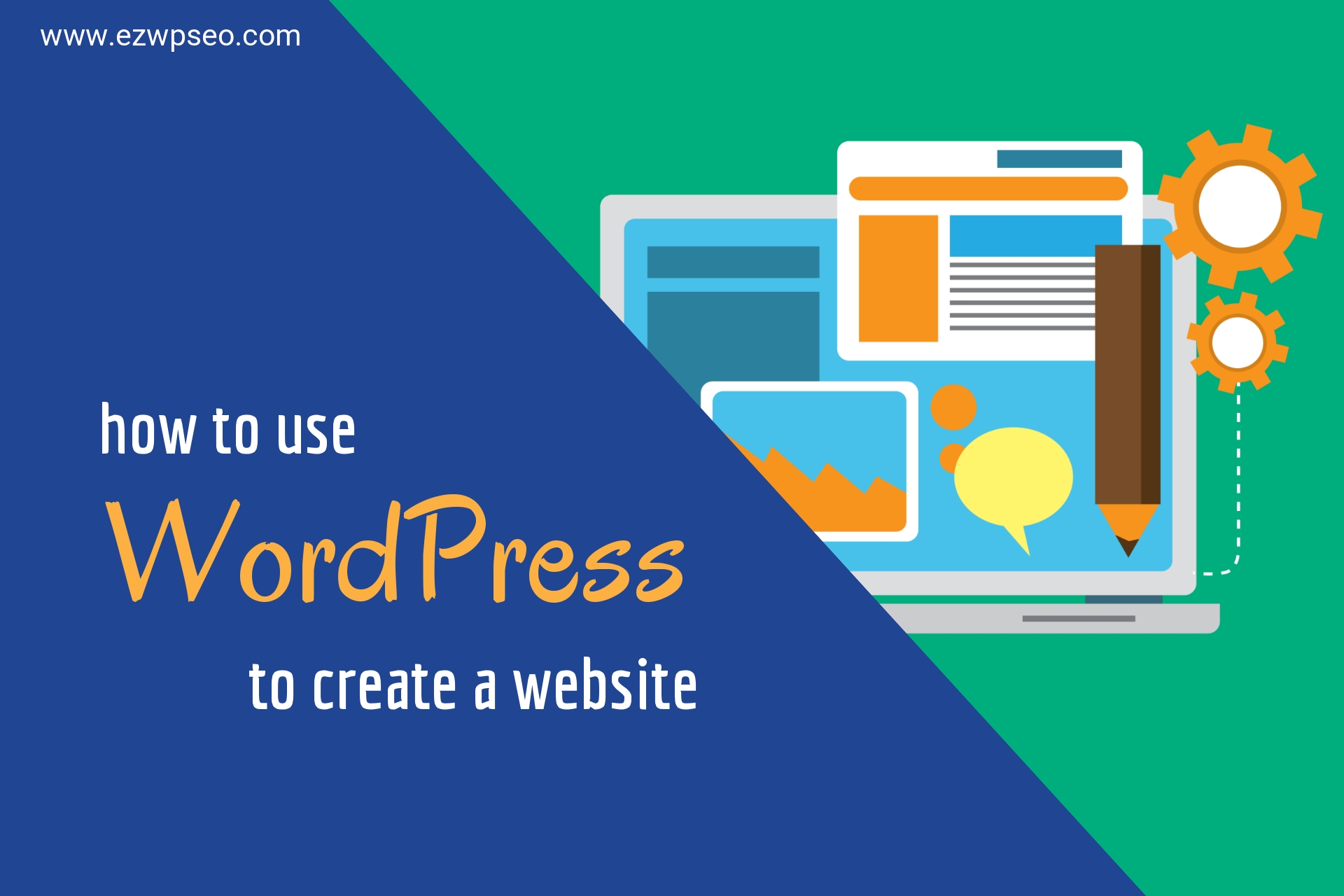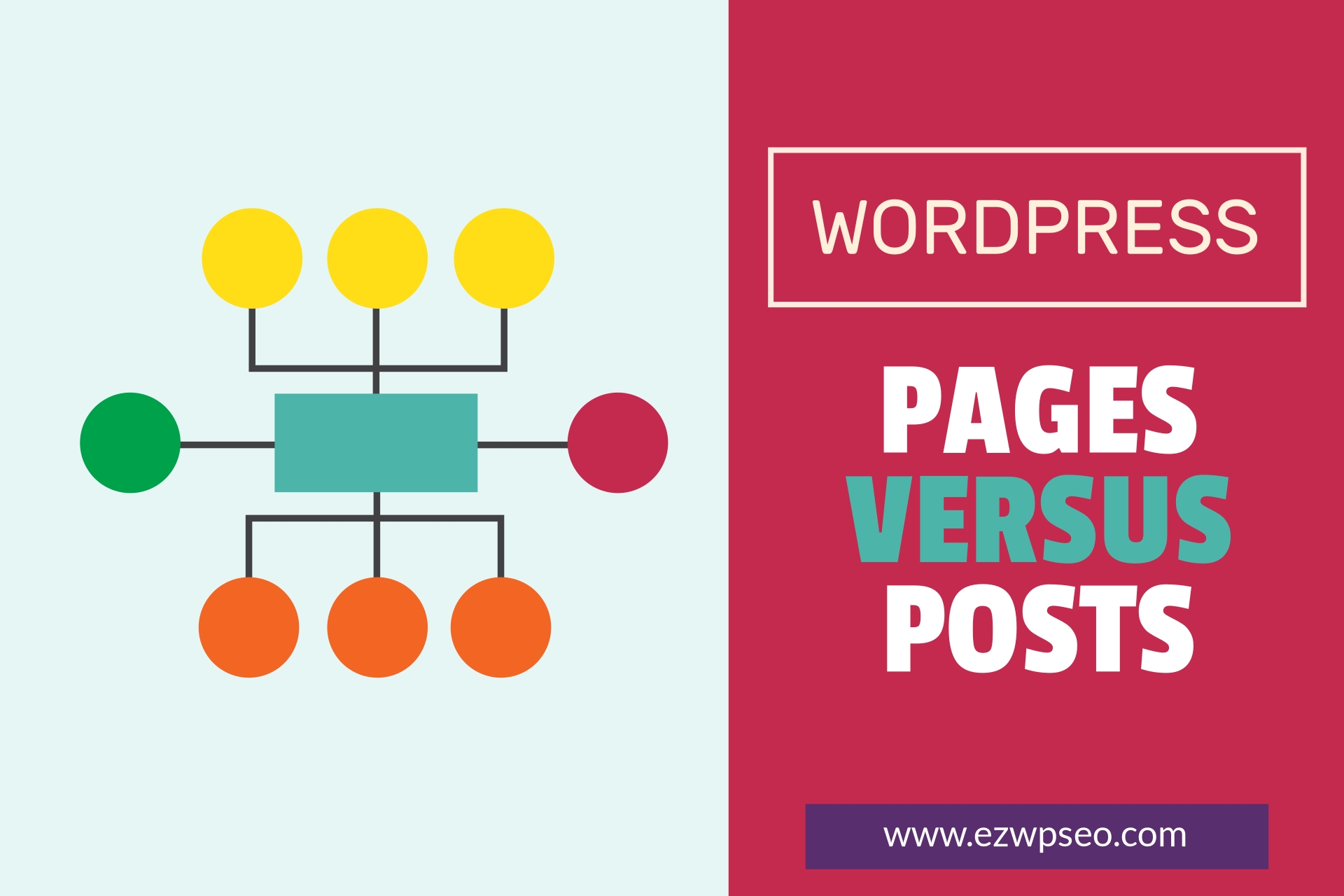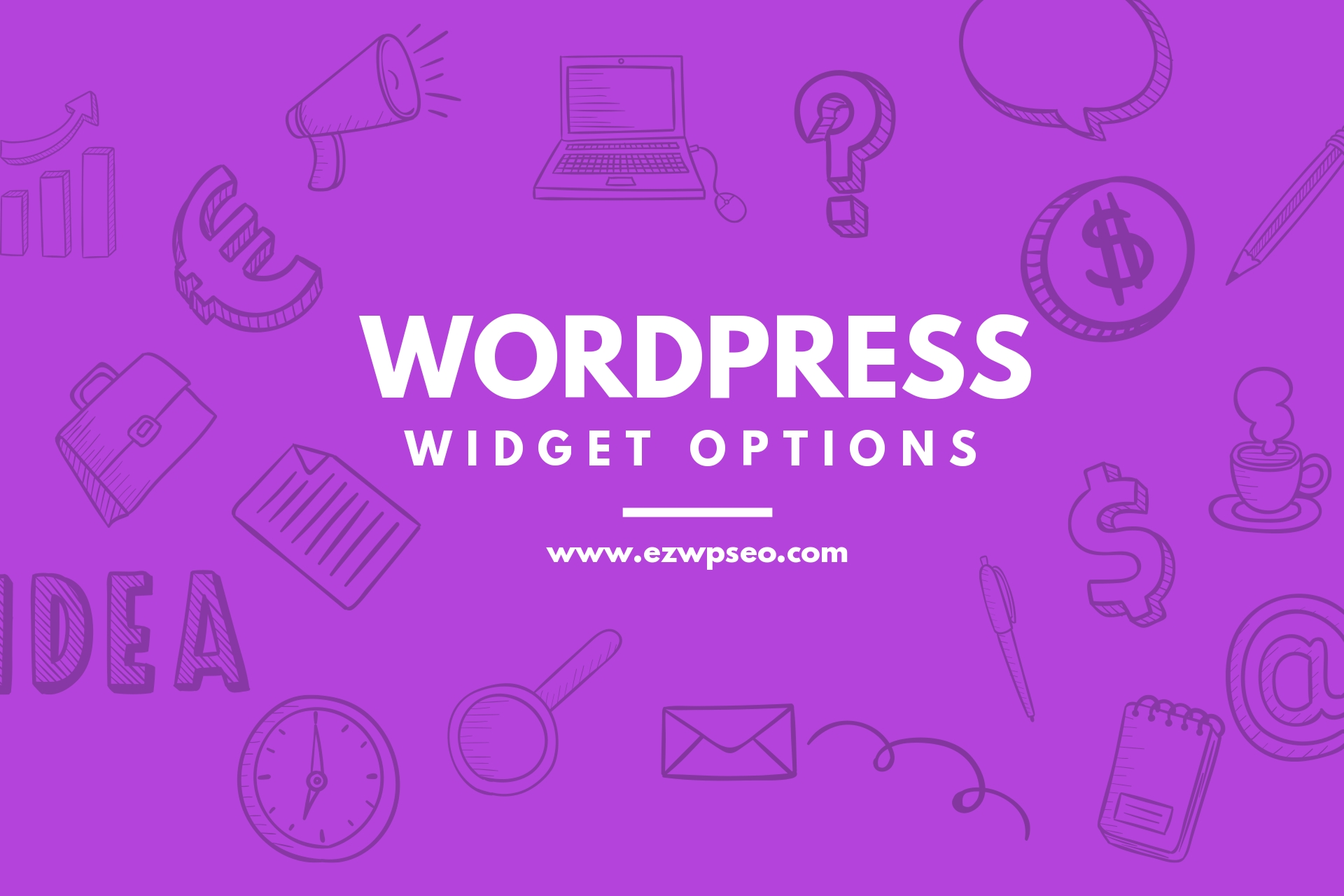
How To Use WordPress To Create A Website
Creating a WordPress website can seem like a daunting task, especially when you can avoid all the hassle by simply creating it off of the official WordPress site where you simply point and click your way through the options until it’s published.
There are technical installation steps to intimidate you, aesthetic issues to consider, search engine optimization strategies to address and content creation to stop you right out of having the blog you’ve always wanted.
Once you get past your fears and find a good set of tutorials, you’ll have the confidence it requires to create a WordPress blog and website with ease. The first time you do it, go slow and make sure you implement all of the steps.
Once you get used your WordPress dashboard you’ll be tweaking it to your own preferences in no time.
Creating A WordPress Blog
Before you start writing a blog post, think about why you’re starting a blog. Writing a blog has many benefits, but in order to be effective you need to be consistent and write and update your blog regularly.
Some experts assure that Google has a preference for bloggers because of the social elements they provide paired with regular updates.
Some others simply say that writing a blog is geared towards search engine spiders, whereas a static site sometimes gets outdated and stale.
However it’s been proven without a doubt, I see it every day, that creating a WordPress website and maintaining a blog is a positive business move for entrepreneurs running an online business, or even an offline company that needs to have an online web presence. Think about having some strategic static pages as well
Virtually any business model can be supported through the use of a WordPress content management system, including affiliate marketing, info product sales, tangible promotions, services, etc.
Create A WordPress Website Step By Step
When you go through this process, you’ll need to take it in stages, breaking it down into specific steps along the way.
You need to register and set up your domain name
Get a fast hosting
Install the WordPress script
Install a WordPress theme
Customize the site to suit your business needs
Tweak and SEO the site
Start posting!
If you have any experience managing a website you will know that it can seem like an endless chore.
The wonderful thing about a WordPress site is the ability to quickly switch things around, tweaking them to your personal needs can make your site and blog posts perform better in the search engines.
By creating a WordPress blog, you’re setting up a home for your brand online. There is no need to have the site at once.
You can start blogging today and keep on customizing your site allowing your visitors to see the changes along the way.
Don’t expect a sudden flood of traffic the day your site goes live. While Google may index it quickly, your content creation and promotion and SEO strategies are what will pull in a target audience who’s ready to listen to what you have to say.
var _paq = _paq || []; var url = “https://marketing-pros.storychief.io/how-to-use-wordpress-to-create-a-website?id=2014412035&type=2”; const queryDict = {}; location.search.substr(1).split(“&”).forEach(function(item) {queryDict[item.split(“=”)[0]] = item.split(“=”)[1]}); if (‘contact’ in queryDict){ const separator = (url.indexOf(“?”)===-1)?”?”:”&”; url = url + separator + “contact=”+queryDict[‘contact’]; } if (‘list’ in queryDict){ const separator = (url.indexOf(“?”)===-1)?”?”:”&”; url = url + separator + “list=”+queryDict[‘list’]; } _paq.push([‘setDocumentTitle’, ‘How To Use WordPress To Create A Website’]); _paq.push([‘setCustomUrl’, url]); _paq.push([‘trackPageView’]); _paq.push([‘enableHeartBeatTimer’, 15]); _paq.push([‘enableLinkTracking’]); (function() { var u=”//storychief.piwikpro.com/”; _paq.push([‘addTracker’, u+’piwik.php’, ‘ca55f49d-7f4a-4a56-aba0-b3f30af2f3f5’]); var d=document, g=d.createElement(‘script’), s=d.getElementsByTagName(‘script’)[0]; g.type=’text/javascript’; g.async=true; g.defer=true; g.src=u+’piwik.js’; s.parentNode.insertBefore(g,s); })();

